In another guise
Recycling and borrowing in J. S. Bach’s works
It may seem suprising that Johann Sebastian Bach’s oratorios and masses are based to a large extent on parody, and that they were originally composed to a quite different text. This does not, however, diminish the fascination which they exert. Of course, when the timpani notes we are all so familiar with from the Christmas Oratorio are suddenly followed by the choir singing “Tönet, ihr Pauken,” this is a revelatory moment. And despite that, for us, each timpani beat is closely associated with the Christmas acclamation “Jauchzet, frohlocket” – not only because we’ve always known it like that, but also because, freed from that all-too-obvious link to the emphatic “hammering” invitation, it perhaps even gains something in artistic value.
A musical journey which explores the precursors of famous major works is exciting and illuminating. Bach’s masses re-use many sections from his own sacred vocal works – the so-called “Lutheran masses” BWV 233–236 (see Carus 31.233, 31.234, 31.235, 31.236) contains musical borrowings from several of his cantatas, as does Bach’s “opus ultimum,” the Mass in B minor. Bach’s Lutheran masses are performed rather infrequently, so parts of them are perhaps better known today in their original cantata form than in the transformed guise as a movement in a mass. But it is quite the opposite with the Mass in B minor . While this is one of Bach’s most frequently-performed works, many of its precursors now lead rather a shadowy existence. Here, Bach’s choice of material for reuse in the Mass in B minor can be regarded as a guide to finding that which is very special in the wealth of his cantatas. Indeed, it has long been assumed that in his opus ultimum Bach combined the best of his church music and may have also wanted to place it in a larger, more universal context. There are borrowings or parallel arrangements from BWV 11 (Agnus Dei), BWV 12 (Crucifixus), BWV 29 (Gratias), BWV 46 (Qui tollis), BWV 120 (Et expecto), BWV 171 (Patrem omnipotentem), and BWV 215 (Osanna). Audiences will prick up their ears at well-known movements in another guise heard in concerts, as will choral singers at the first rehearsals!
As well as these borrowings from the cantatas, in his Mass in B minor Bach used part of previously existing music from his Missa of 1733 and the splendid Sanctus of 1724 (the Carus CD of the Mass in B minor contains a recording of this version of the Sanctus, which differs in many details). Before Bach turned the Missa of 1733 into the first part of the Mass in B minor in 1748, he made use of it in another Latin Christmas music setting at the beginning of the 1740s: the magnificent and far too seldom heard Cantata Gloria in excelsis Deo BWV 191 with a direct borrowing and two Latin parodies of movements from the Gloria of the Mass in B minor.
Bach’s parody practice not only draws our attention to the special treasures amongst his output of cantatas, but also serves as a means of enabling missing compositions to be recreated. In the process we can take advantage of the fact that Bach took pains to adapt parody texts to fit his existing compositions – and in Christian Friedrich Henrici, alias Picander (1700–1764) he found a master at this art of writing poetry. As these parody texts had to match the original exactly in terms of meter and structure, we can perhaps now identify which piece of music was used as a basis from the meter of the poem. There are now all sorts of theories and speculations about this, but a whole series of clear parody relationships can be established beyond reasonable doubt.
Bach’s missing compositions which can be partially reconstructed in this way include his St. Mark Passion. Only the text survives of the Passion itself, but straight away several movements display such a similarity to movements in the Funeral ode BWV 198, that it is almost beyond doubt that the corresponding movements are based on that model. Two further movements can be reconstructed from other cantatas and for the (numerous) chorales, movements in Bach’s oeuvre can similarly be found. But the Passion story – the heart of the Passion – is missing, and cannot be reconstructed. Here, too, it is worth looking at the models. The Funeral ode survives complete and is one of J.S. Bach’s most outstanding vocal works, not only in the quality of the individual movements, but as a complete whole per se, including the exquisitely scored accompagnati which were not incorporated into the Passion. It is one of his most richly colored and impressive compositions of all, characterized by the sound of gambas and lutes, as well as the woodwinds, especially the flutes – up to the death knell in the flutes and pizzicato strings in the alto accompagnato. And scarcely any other cantata serves up three such magnificent and varied choral movements: the opening tombeau in dotted rhythms, a large choral fugue in the middle, and the unique, dance-like final chorus with its constantly surprising choral unisons. The text by Johann Christoph Gottsched on the death of the Electress Christiane Eberhardine is not really suitable for church services, but it is on another literary level from some of the birthday cantatas and is suitable for concert performance at any time. Thus here is a plea for a revival of the precursors!

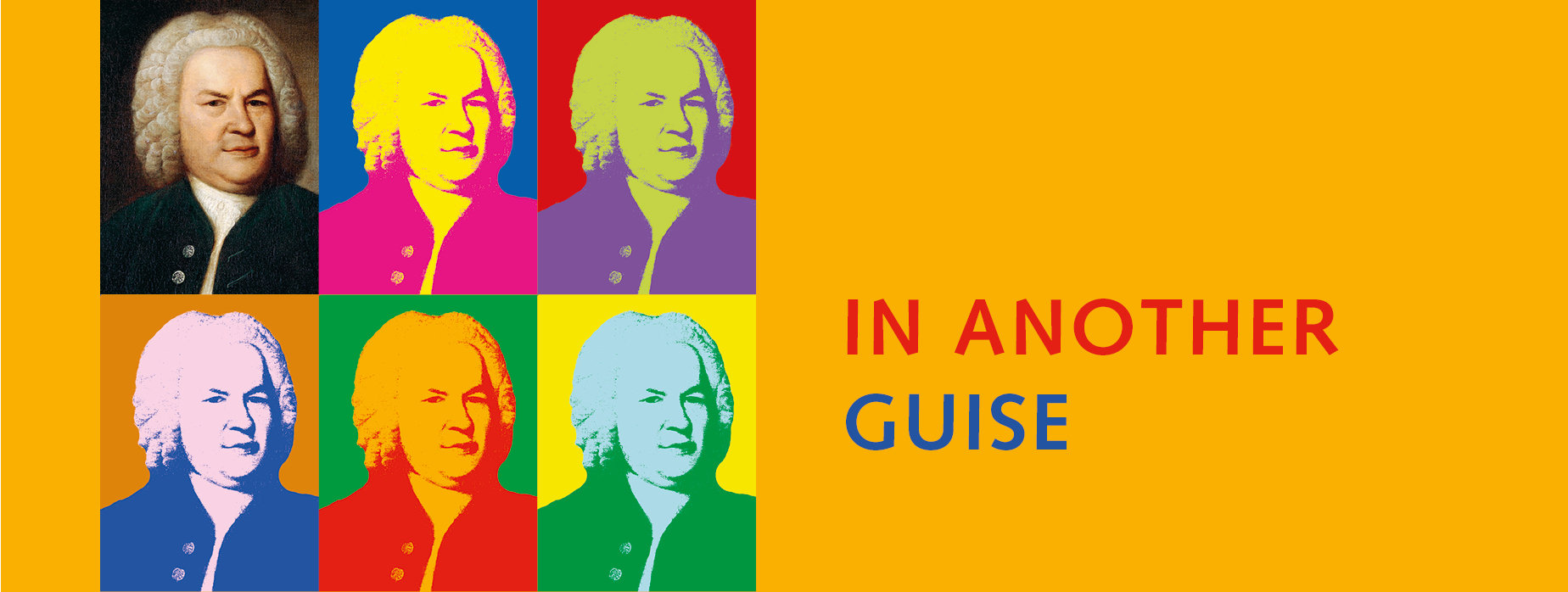
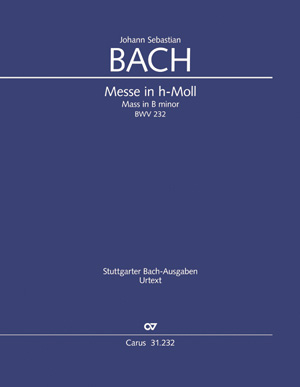
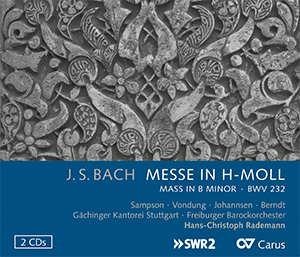

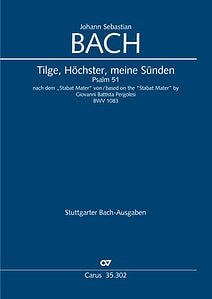

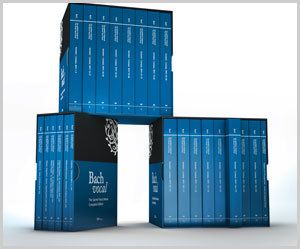 With the Bach vocal project, Carus presents Johann Sebastian Bach’s complete sacred vocal music in a high-quality complete edition.
With the Bach vocal project, Carus presents Johann Sebastian Bach’s complete sacred vocal music in a high-quality complete edition.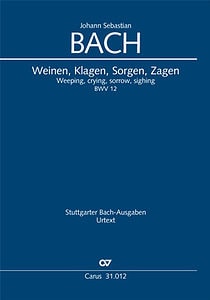
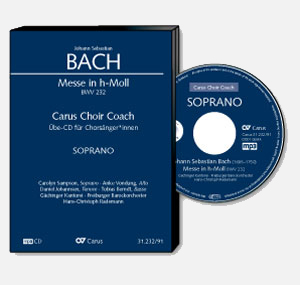


Leave a Reply
Want to join the discussion?Feel free to contribute!